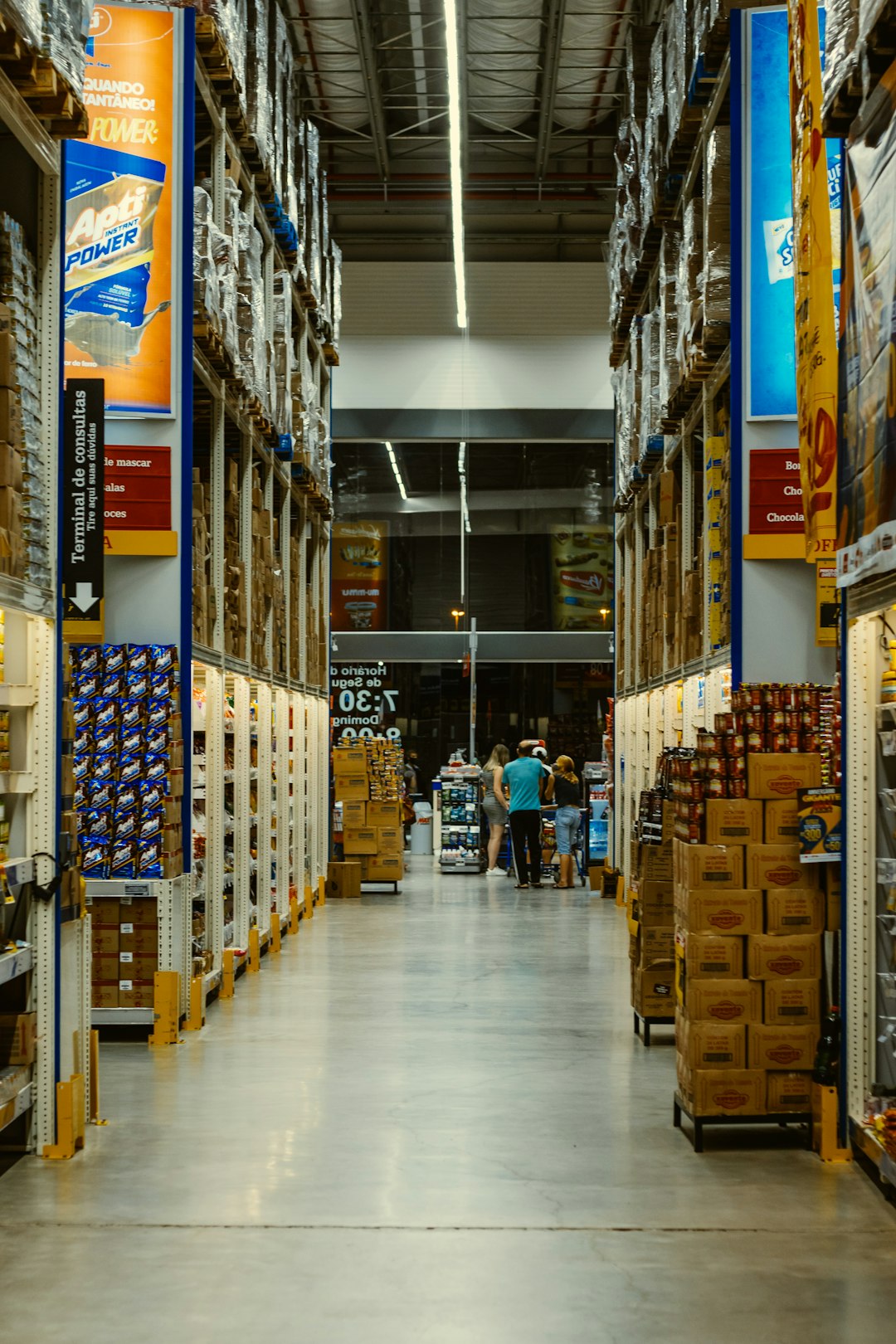
In today’s affordable organization environment, effective supply chain administration is essential for success. One aspect of this management is warehousing and transloading– 2 vital parts that help improve procedures and maximize performance. Let’s discover what warehousing and transloading are and how they contribute to a well-functioning supply chain.
Warehousing describes the procedure of storing products in a committed center, called a warehouse, before they are offered, dispersed, or used in manufacturing. Stockrooms are tactically located to ensure practical access to transportation networks, enabling the smooth circulation of items. They play a vital function in preserving stock levels and satisfying client needs.
Transloading, on the other hand, entails transferring goods from one setting of transportation to another. This can be from a ship to a truck, a train to an aircraft, or any various other combination. Transloading facilities act as intermediary points where items are briefly kept and transferred in between different modes of transportation. It offers versatility and cost savings by allowing for effective use of multiple transportation modes.
Incorporating warehousing and transloading offers numerous benefits for services:
1. Expense Performance: Warehousing and transloading assist in expense financial savings by enhancing transportation and storage space costs. Transloading assists services make the most of different modes of transportation, choosing one of the most economical choices for each leg of the trip. Warehousing offers flexibility in storing products near to demand facilities, decreasing transport prices.
2. Faster Delivery: By strategically positioning storage facilities near significant markets or transportation centers, services can make sure quicker distribution to clients. Transloading facilities can accelerate the transfer of items, reducing transit times and hold-ups. This speed can be a substantial competitive advantage in conference client expectations and keeping complete satisfaction.
3. Stock Monitoring: Warehousing allows services to keep ideal supply levels, decreasing the danger of stockouts and overstocking. This assists in conference consumer demands quickly and efficiently. Transloading centers make it possible for the combination of deliveries from different resources, boosting stock monitoring and reducing holding prices.
4. Flexibility and Scalability: Warehousing and transloading provide services with flexibility and scalability in their procedures. Organizations can adapt to changing market demands by adjusting supply levels and maximizing transport paths. Transloading centers enable businesses to quickly readjust the setting of transportation based upon specific demands without interrupting the supply chain circulation.
To conclude, warehousing and transloading deal considerable benefits for services aiming to optimize their supply chain effectiveness. These techniques assist in expense savings, faster distribution, reliable stock administration, and flexibility in operations. Including these elements right into supply chain strategies can aid businesses obtain an one-upmanship by conference customer assumptions and achieving functional quality.
– Getting Started & Next Steps
Figuring Out